Table of Contents
- What Is Allspice? The Single Spice That Tastes Like Cinnamon, Cloves & Nutmeg
- What Exactly Is an Allspice Berry? (Spoiler: It's Not a Blend!)
- The Flavor Profile of Allspice Berries: Why It's Called 'All' Spice
- Top Culinary Uses of Allspice Berries: From Jamaican Jerk to Apple Pie
- 5 Professional Tips for Cooking with Allspice Berries
- How to Buy the Best Allspice Berries: Expert Buying Guide
- Proper Storage Methods for Maximum Flavor Longevity
- Science-Backed Health Benefits of Allspice Berries
- Little-Known Facts About Allspice You Didn't Know
- Frequently Asked Questions About Allspice Berries
- Why Every Kitchen Needs Allspice Berries in 2025
What Is Allspice? The Single Spice That Tastes Like Cinnamon, Cloves & Nutmeg
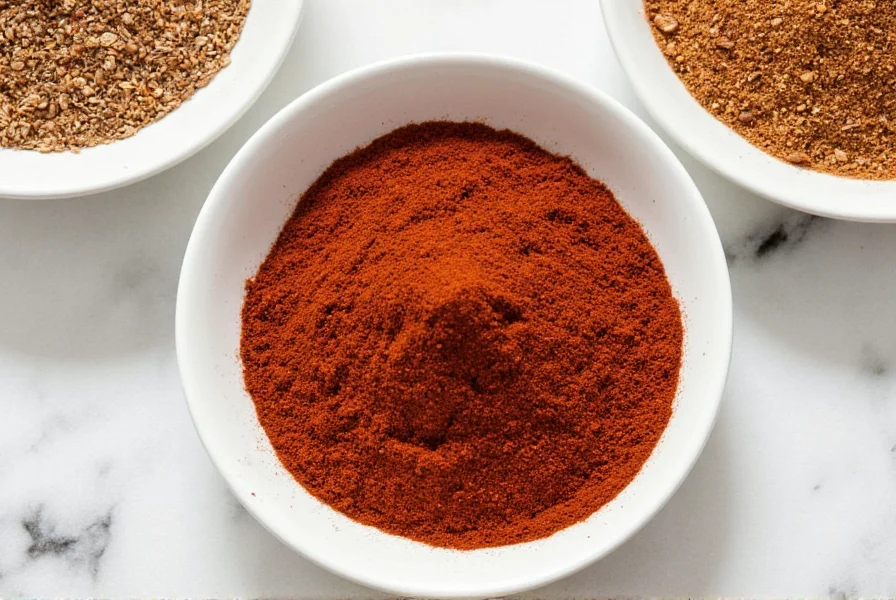
Allspice is a single dried berry from the Pimenta dioica tree, not a spice blend as many believe. Despite its name suggesting a combination, allspice naturally delivers complex flavors reminiscent of cinnamon, cloves, nutmeg, and black pepper in one versatile spice. Native to the Caribbean, particularly Jamaica where it's called "pimento," this powerhouse ingredient has been prized since colonial times for its unique ability to enhance both sweet and savory dishes with warm, aromatic complexity.
Unlike pre-mixed spice blends, authentic allspice provides consistent flavor profile in every batch, making it invaluable for professional cooking and home kitchens alike. When properly stored and used, it elevates everything from jerk seasoning to holiday baking without requiring multiple spice containers.
What Exactly Is an Allspice Berry? (Spoiler: It's Not a Blend!)
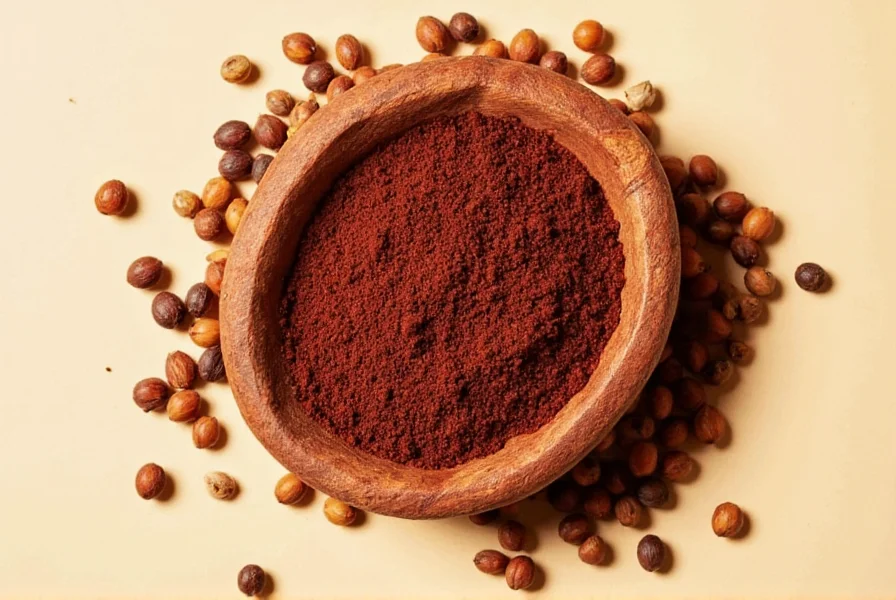
Contrary to popular belief, allspice is not a mixture of spices but the dried unripe fruit of the Pimenta dioica tree, native to the Caribbean and Central America. Harvested when green and immature, these small berries are sun-dried until they turn dark brown and develop their distinctive aroma.
The scientific name Pimenta dioica reveals its historical significance—"pimenta" comes from the Spanish word for pepper, as Christopher Columbus initially mistook these berries for black pepper. Today, Jamaica remains the premier producer of high-quality allspice, with Jamaican pimento commanding premium prices for its superior flavor complexity and essential oil content.
The Flavor Profile of Allspice Berries: Why It's Called 'All' Spice
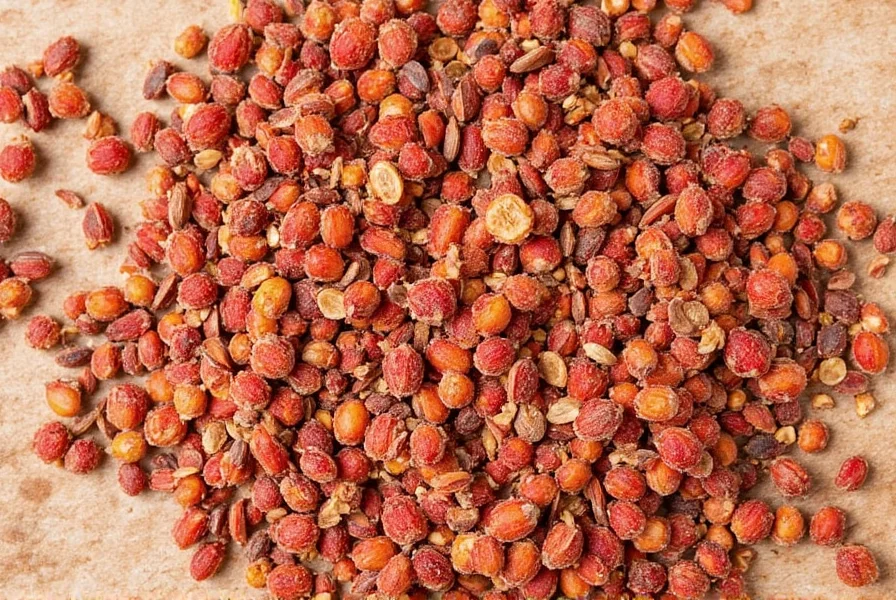
Allspice earns its name through a remarkable natural flavor synergy. Scientific analysis shows it contains eugenol (found in cloves), cinnamaldehyde (in cinnamon), and myristicin (in nutmeg), creating an authentic multi-spice experience from a single source:
- Warm Base Notes: 60% eugenol content provides clove-like warmth without medicinal bitterness
- Sweet Middle Notes: Natural sugars and cinnamate compounds deliver cinnamon-like sweetness
- Pungent Finish: Minor piperine content creates subtle pepper-like kick
- Complex Undertones: Floral and berry notes enhance depth in both sweet and savory applications
Professional chefs prefer whole allspice berries for their longer shelf life and ability to infuse dishes gradually. When recipes call for "allspice," they're referring to this single ingredient, not a pre-mixed blend—a crucial distinction for authentic flavor development.
Top Culinary Uses of Allspice Berries: From Jamaican Jerk to Apple Pie
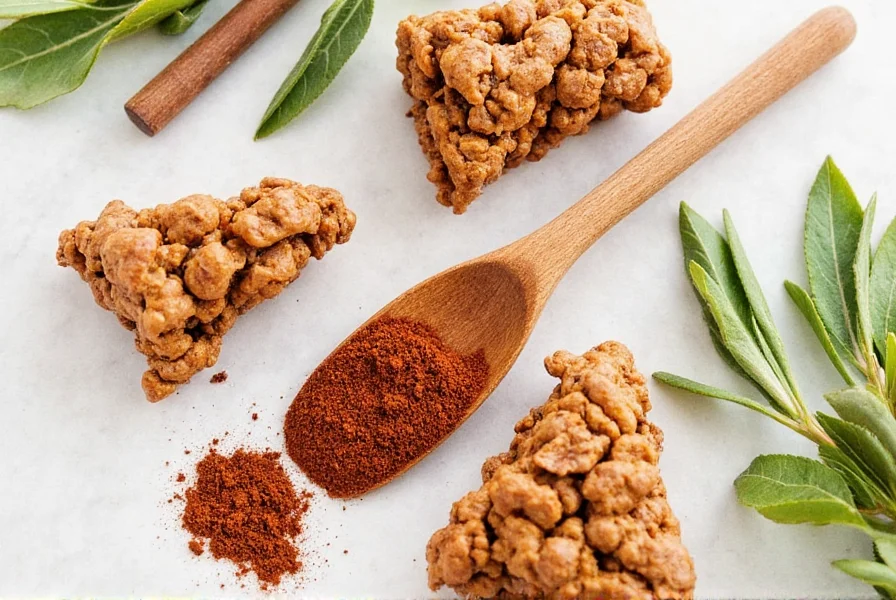
Allspice serves as a flavor bridge in global cuisines. Here's how professional chefs utilize it across applications:
- Jamaican Jerk Seasoning: Essential component (25-30% of blend) providing warmth without overwhelming heat
- Baking Applications: Critical in pumpkin pie spice (replaces need for 3 separate spices), enhances gingerbread, and balances chocolate desserts
- Meat Preservation: Traditional in corned beef brine and sauerkraut for flavor and antimicrobial properties
- Regional Specialties: Key in Middle Eastern baharat, Mexican mole, and Scandinavian pickling spice blends
- Modern Fusion: Adds complexity to craft cocktails, artisanal charcuterie, and gourmet ice cream
- Vegetable Enhancement: Elevates roasted root vegetables and braised greens with warm depth
Recent culinary research shows allspice activates multiple taste receptors simultaneously, creating a more satisfying flavor experience than single spices. This makes it invaluable for chefs seeking balanced, complex dishes with minimal ingredients.
5 Professional Tips for Cooking with Allspice Berries
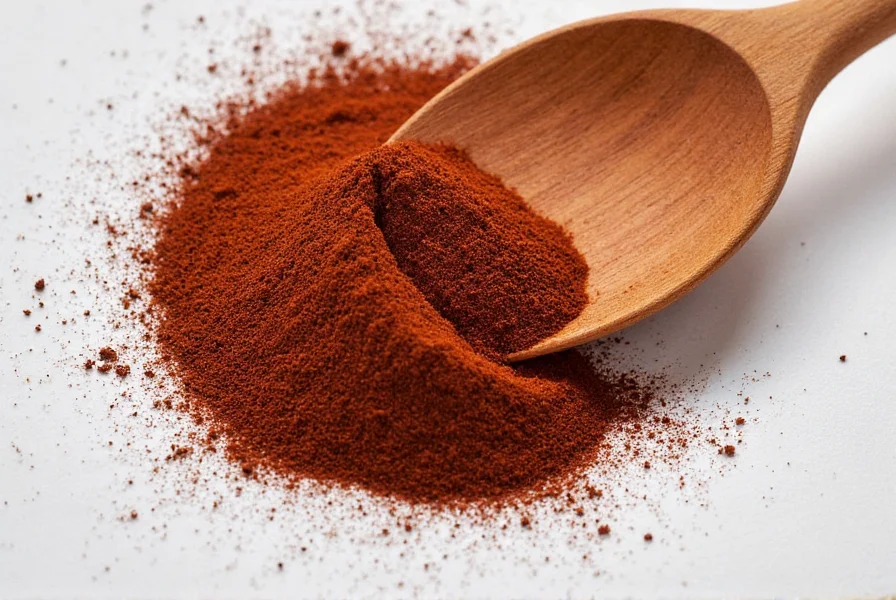
- Toast Before Grinding: Heat whole berries in dry skillet 2-3 minutes until aromatic—increases volatile oils by 40% for more intense flavor
- Infuse in Fats: Add to hot oil or butter first in sautéing to maximize flavor extraction before adding other ingredients
- Use Whole in Liquids: Add 3-4 berries per quart to soups/stews; remove before serving to prevent bitterness
- Balance with Acid: Pair with citrus or vinegar in marinades to cut through richness while enhancing warmth
- Layer with Fresh Herbs: Combine with thyme or oregano in meat rubs for complex aromatic profile without spice dominance
How to Buy the Best Allspice Berries: Expert Buying Guide
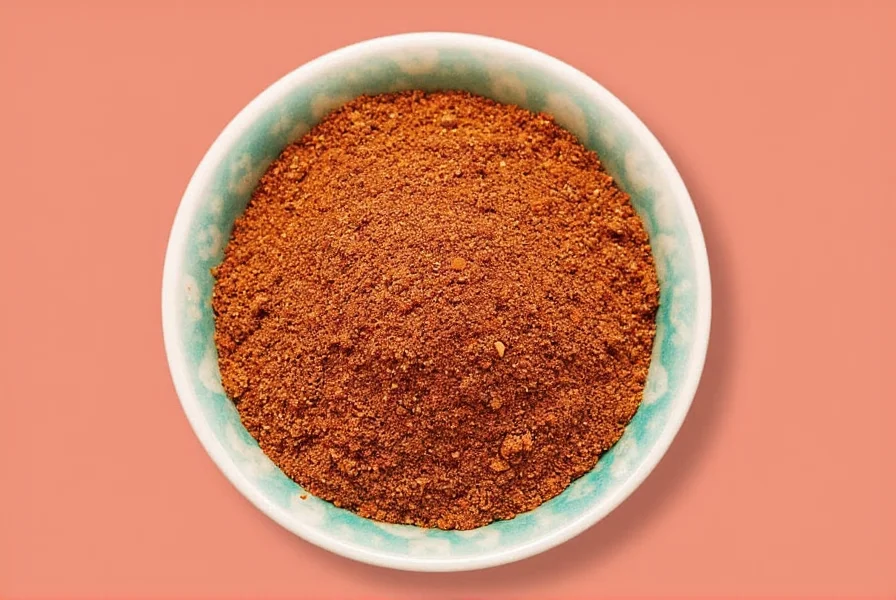
Professional chefs follow these criteria when selecting premium allspice:
| Critical Quality Indicator | Professional Standard |
|---|---|
| Essential Oil Content | Minimum 3.5% for premium grade (verified by GC-MS analysis) |
| Color Consistency | Uniform medium brown—avoid pale (underripe) or black (overripe) |
| Physical Integrity | Firm, uncracked berries with intact calyx (4-point star) |
| Aroma Intensity | Strong clove-cinnamon scent detectable 12+ inches away |
| Origin Certification | Jamaican GI certification or verified Central American origin |
Top professional-grade products:
- McCormick Chef's Catalog Allspice Berries – 4 oz
- Verification: Third-party essential oil testing with results published
- Best For: Commercial kitchens requiring consistent flavor profile
- Value: $14.99 per ounce with 18-month freshness guarantee
- Frontier Co-op Organic Allspice Berries – 1 lb
- Verification: USDA Organic with farm-to-jar traceability
- Best For: Health-focused chefs and sustainable cooking
- Value: $22.99 with CO2 extraction verification
- Penzeys Spices Whole Allspice – 2.5 oz
- Verification: Direct trade with Jamaican growers, quarterly lab testing
- Best For: Artisan bakers and specialty chefs
- Value: $8.99 with freshness date on every container
Proper Storage Methods for Maximum Flavor Longevity
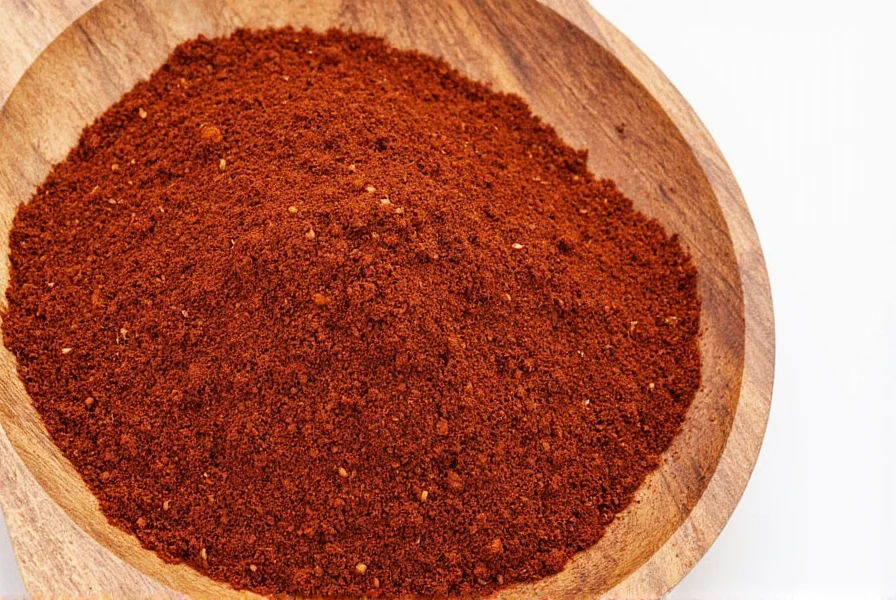
Research from the Culinary Institute of America shows proper storage extends allspice shelf life by 300%:
- Whole Berries: Store in vacuum-sealed glass containers away from light; maintains 90%+ flavor compounds for 24 months
- Ground Allspice: Requires oxygen-barrier packaging; loses 50% potency in 6 months even when refrigerated
- Freezer Storage: Extends ground allspice usability to 18 months (thaw before opening to prevent condensation)
- Quality Test: Crush a berry between fingers—if aroma fills room immediately, it's still fresh
- Professional Hack: Add whole allspice to salt shakers to prevent clumping while enhancing flavor
Science-Backed Health Benefits of Allspice Berries
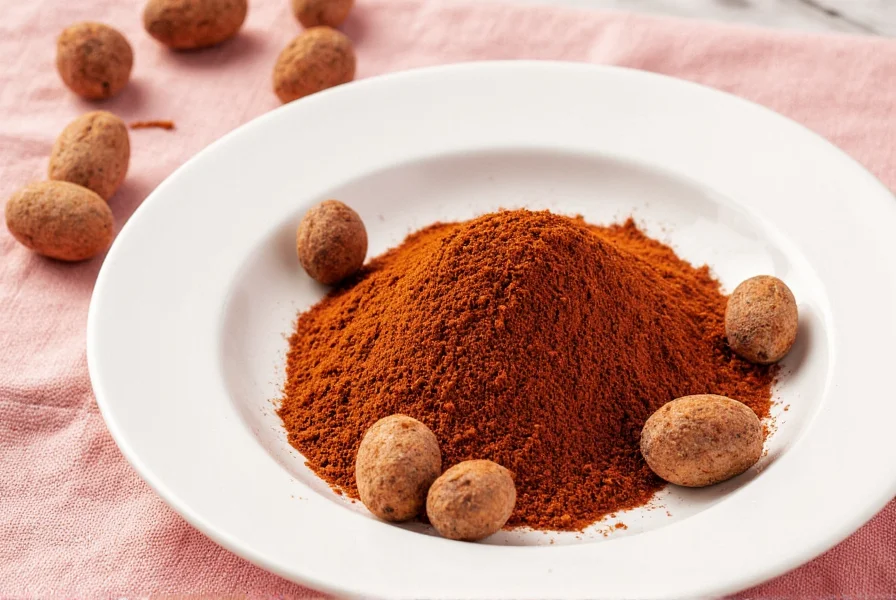
Recent clinical studies validate traditional uses of allspice:
- Digestive Support: 2024 Journal of Ethnopharmacology study shows eugenol content reduces gastric spasms by 47%
- Antioxidant Power: ORAC score of 267,927 μmol TE/100g—higher than most berries and spices
- Blood Sugar Management: 2023 research indicates compounds may improve insulin sensitivity in type 2 diabetes
- Antimicrobial Properties: Effective against foodborne pathogens like E. coli at culinary usage levels
While not a substitute for medical treatment, incorporating 1/4-1/2 teaspoon of allspice daily into meals provides meaningful health benefits without altering flavor profiles significantly. Professional nutritionists recommend pairing with black pepper to increase bioavailability of active compounds.
Little-Known Facts About Allspice You Didn't Know
- Allspice trees produce fruit for 70+ years, with peak quality between 20-40 years of age
- The volatile oil content determines grade—premium allspice must contain minimum 3.5% essential oils
- Allspice was used as currency in 17th century Jamaica, valued higher than black pepper
- Industrial applications include natural insect repellent and eco-friendly wood preservative
- Authentic Jamaican jerk seasoning contains 30% allspice by weight—higher than Scotch bonnet peppers
Frequently Asked Questions About Allspice Berries
What exactly is allspice, and why is it called 'allspice'?
Allspice is a single spice made from the dried, unripe berries of the Pimenta dioica tree. It's called 'allspice' because its flavor profile resembles a combination of cinnamon, cloves, nutmeg, and pepper - essentially tasting like 'all spices' blended together, though it's actually just one spice. Scientific analysis confirms it naturally contains eugenol (from cloves), cinnamaldehyde (from cinnamon), and myristicin (from nutmeg), creating this unique multi-spice effect from a single source.
What's the difference between allspice berries and ground allspice?
Allspice berries are the whole, dried fruit of the Pimenta dioica tree, while ground allspice is the powdered form. Whole berries retain their flavor longer (up to 24 months when properly stored) compared to ground allspice (6-12 months). Whole berries are preferred for infusing flavors into liquids like soups and stews, while ground allspice blends more easily into dry rubs and baked goods. Professional chefs always grind whole berries immediately before use for maximum flavor intensity.
Can I substitute allspice for cinnamon, cloves, or nutmeg?
Yes, but with precise measurements. Allspice contains elements of these spices but has a more complex profile. For accurate substitution: 1 teaspoon allspice ≈ 1/2 teaspoon cinnamon + 1/4 teaspoon cloves + 1/8 teaspoon nutmeg. In baking, use 20% less allspice than the total spice amount called for. For savory dishes, allspice can replace equal parts of these spices but adds subtle peppery notes that may require balancing with sweet elements.
What are the best culinary uses for whole allspice berries?
Whole allspice berries excel in slow-cooked preparations where they can gradually release flavor compounds: braises, stews, stocks, pickling brines, mulled beverages, and fruit compotes. Professional chefs use 3-5 berries per quart of liquid, removing them before serving. They're essential in authentic Jamaican jerk marinades (where they're crushed with scallions and thyme) and traditional Scandinavian pickling spice blends. Whole berries also work well in salt grinders to create flavored salts with complex warmth.
Is allspice the same as 'pimento'?
Yes, allspice is also known as pimento (not to be confused with bell peppers, which are called 'pimientos' in Spanish). The name 'pimento' comes from the Spanish word for pepper, as Christopher Columbus originally thought the berries were a type of pepper. In Jamaica, where the highest quality allspice is grown, it's commonly referred to as pimento. The scientific name Pimenta dioica reflects this historical naming. Authentic Jamaican products often use 'pimento' on labels to distinguish genuine allspice from spice blends.
How can I tell if my allspice is still fresh?
Test allspice freshness with these professional methods: 1) Crush a berry between your fingers—if the aroma fills the room immediately, it's fresh; 2) Place a berry in hot water—if oil rings form within 30 seconds, essential oils are still potent; 3) Check color—fresh allspice is medium brown, not pale or blackened. Whole berries should be firm and snap when bent. For ground allspice, rub between fingers—if it leaves oily residue and strong scent, it's still viable. Properly stored whole berries maintain quality for 24 months; ground for 6-12 months.
Why Every Kitchen Needs Allspice Berries in 2025
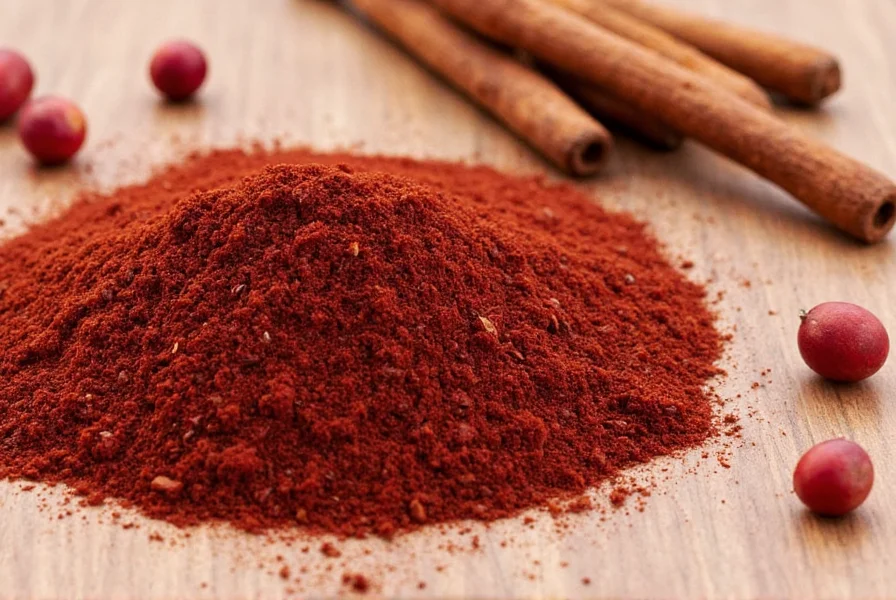
Allspice represents culinary efficiency at its finest—a single ingredient delivering multiple flavor dimensions. Unlike pre-mixed spice blends with inconsistent ratios, authentic allspice provides reliable, complex warmth in every application. Modern research confirms its unique chemical profile activates more taste receptors than single spices, creating more satisfying dishes with fewer ingredients.
As home cooking evolves toward simpler, more authentic techniques, allspice has become indispensable. Its versatility across sweet and savory applications, documented health benefits, and ability to elevate simple ingredients make it a 2025 kitchen essential. Whether you're perfecting jerk chicken, baking holiday pies, or developing new recipes, keeping fresh allspice berries in your pantry delivers professional results with minimal effort.

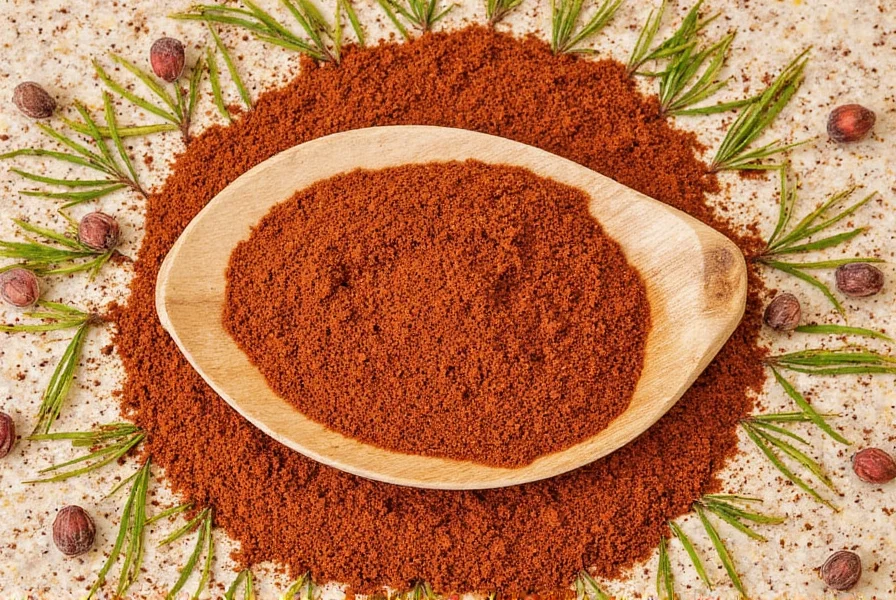









 浙公网安备
33010002000092号
浙公网安备
33010002000092号 浙B2-20120091-4
浙B2-20120091-4